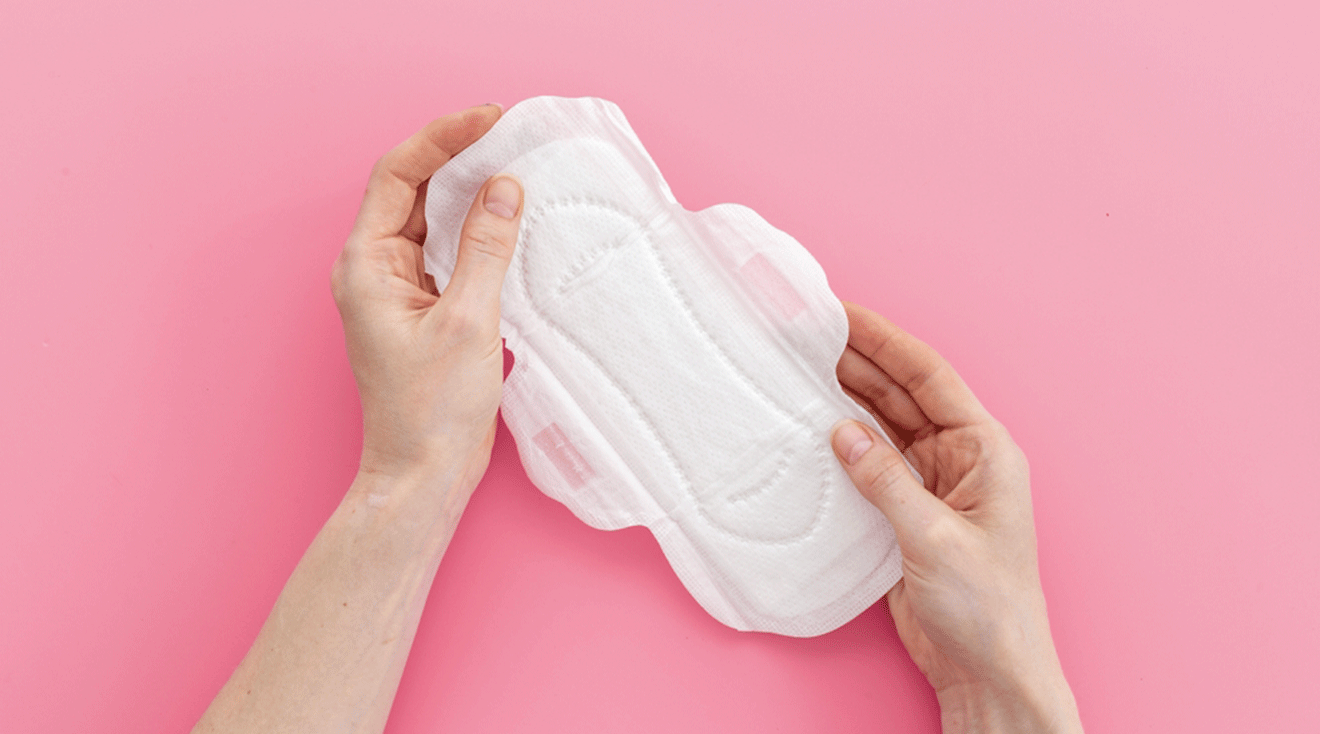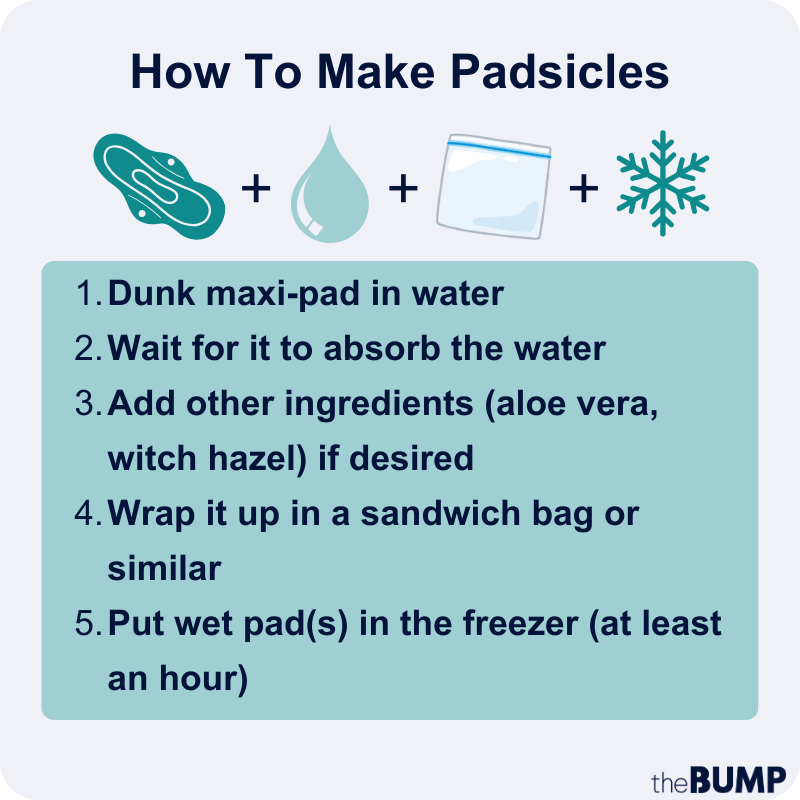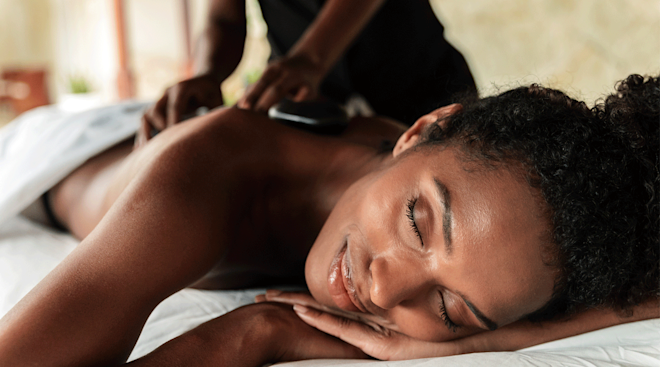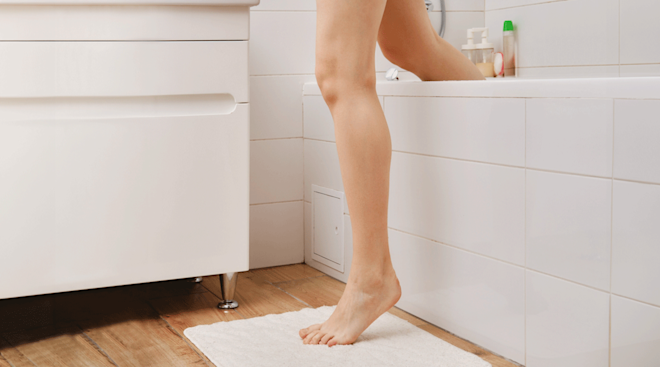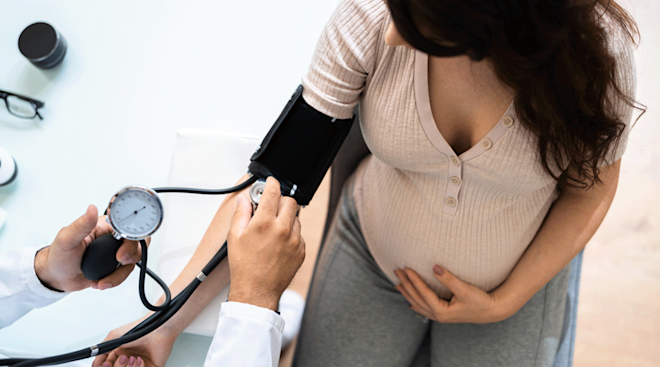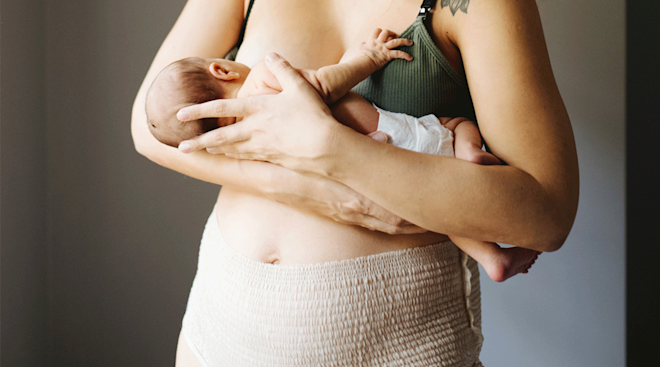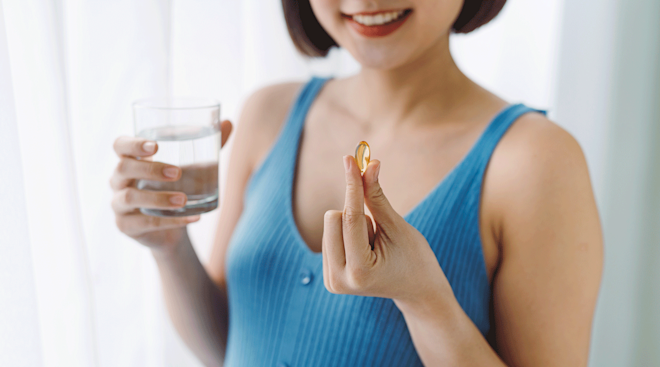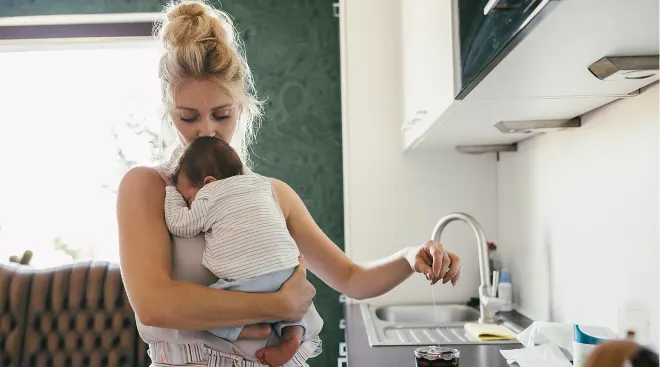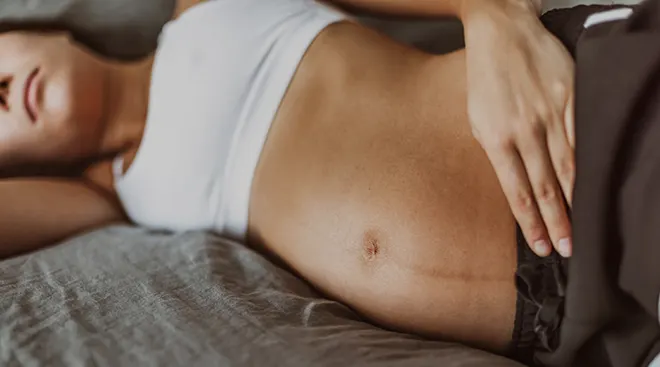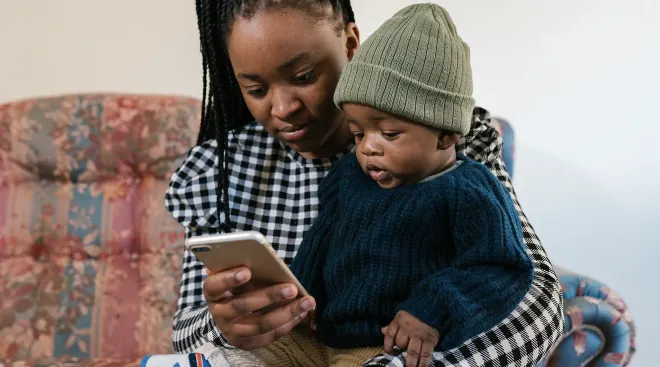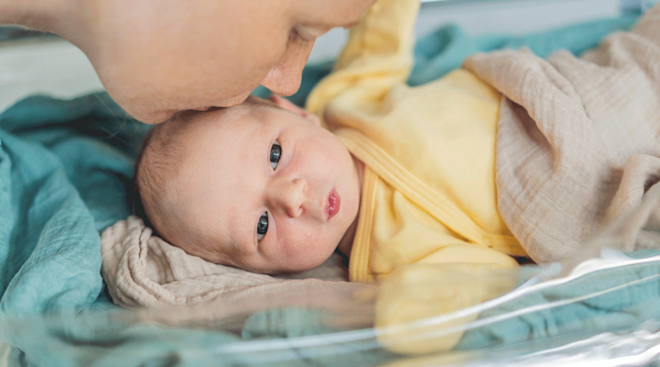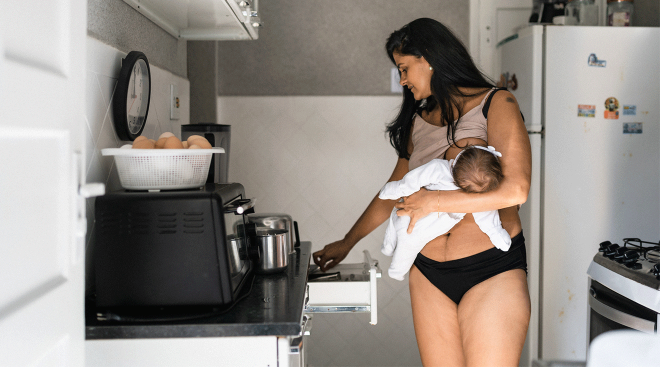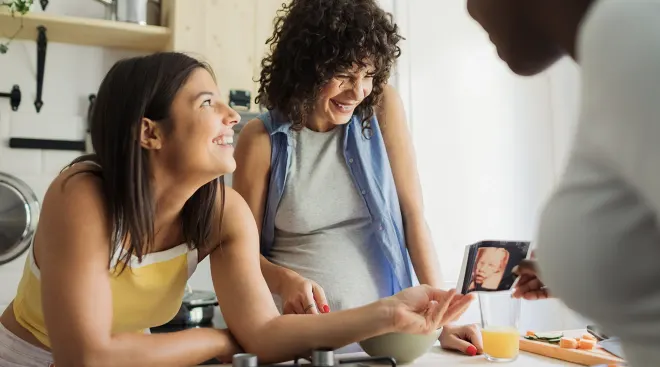How to Make Padsicles for Postpartum Recovery
Postpartum recovery after vaginal birth is no picnic—after all, you did just push a human the size of a watermelon out of your body. It’s likely you’re feeling sore and inflamed, and you need something to make it feel better, stat.
That’s where postpartum padsicles—basically frozen sanitary pads—come in to save the day. “Just like [with] any other injury, ice and cold therapy is an important part of delivery recovery,” explains Kylie Fuller, MD, an ob-gyn at Pomona Valley Hospital Medical Center in California. “Ice therapy helps decrease inflammation, swelling and bruising, as well as assists with pain management.”
Ahead, find out how to make padsicles—and use them.
A padsicle is a regular sanitary pad—like the kind you’d use during your period—that’s been soaked in water and frozen to provide an extra boost of comfort to the perineal area during vaginal childbirth recovery, says Fuller.
“Padsicles can provide soothing relief, pain reduction and comfort, all while being super convenient,” says Amber Chambers, CNM, certified nurse-midwife at Pediatrix Medical Group in Florida. “The combination of cold and moisture helps to reduce swelling and numb the area, which can help to alleviate pain following delivery, especially if there was a [perineal] repair of any sort.”
If you’re wondering why you should choose a padsicle over a simple ice pack—which the American College of Obstetricians and Gynecologists (ACOG) recommends for tearing during delivery—Fuller says padsicles are more comfortable because they’re shaped perfectly for the area they’re treating and are made of soft material, not rock-hard ice. You can pop one in your underwear no matter what you’re doing. Plus, they work double-duty to soak up postpartum bleeding, adds Chambers.
Padsicles are easy to put together and store conveniently in the freezer, ready for you to pull out whenever you need quick relief. Here’s the rundown for how to DIY them:
Supplies needed
The only three things you absolutely need to make padsicles are large maxi-pads, water and a freezer, says Fuller. You’ll probably also want aluminum foil or plastic sandwich bags to store the padsicles, especially since you don’t want them sticking together.
Some “recipes” online also suggest coating or covering the surface of your padsicle with soothing, anti-inflammatory ingredients before freezing them, such as 100-percent aloe vera and alcohol-free liquid witch hazel, though these supplies are optional.
DIY padsicle instructions
To make padsicles in just a couple of minutes, start by washing your hands, gathering your supplies and setting everything up on a clean surface.
For basic padsicles with water:
- Fill a small bowl with water and lay out a square of aluminum foil or a clean towel on your prepared surface. Dunk a maxi-pad in the water and wait a few minutes as it puffs up and absorbs the liquid, suggests Fuller.
- Place the wet pad inside the foil and wrap it up gently. Or, if using sandwich bags, place one pad inside a bag and seal it closed.
- Repeat for as many padsicles as you want to make.
- Put the wet pad(s) in the freezer overnight (or for at least one hour).
For padsicles with other ingredients:
- If soaking the pads with water, follow step 1 above. Otherwise, skip to step 2.
- Squeeze or spread the aloe vera on the surface of the pad, using a clean finger or utensil (like a spoon) if needed to coat the pad fully.
- Alternatively or in addition to the aloe vera, you can spray the pad with alcohol-free witch hazel until it’s evenly coated.
- Follow steps 2, 3 and 4 from the above instructions to secure and store your padsicles.
DIY padsicle tips
Making your own padsicles at home is pretty foolproof, but Chambers says there are a few things you should keep in mind:
- Ensure that any supplies you use (and the surface you work on) are clean and properly sanitized to avoid any kind of infection.
- Test any extra ingredients you plan to use, like aloe vera and witch hazel, on a small area of your skin to check for allergies before using them extensively.
- If your skin’s especially sensitive, place some medicated cooling pads on the frozen pads right before you use them; these will act as a barrier, preventing excessive exposure to the freezing cold pad.
First off, know that you can use padsicles for as long as you need during your postpartum recovery journey. However, Chambers says many postpartum moms find them most helpful during the first few days after delivery, when swelling and soreness are at their peak, and then rely on them less as their body heals.
Also, make sure not to overdo it with the ice: “Using padsicles for too long can slow blood circulation, which is important for healing,” Chambers advises. “It’s best to alternate between padsicles and room-temperature pads for balanced recovery.” Fuller agrees, saying it’s best to take frequent breaks and cautioning not to fall asleep with a padsicle.
As for how often to change a padsicle, you can follow the same rules as regular pads, says Chambers: Change your padsicle whenever it becomes heavily soiled or feels uncomfortable. It’s important to keep the vaginal area clean, especially in the first few days postpartum—so when in doubt, Chambers says you should change your padsicle at least every three to four hours (particularly if you’re also using it for postpartum bleeding).
Keep these expert tips in mind—and you should see your inflammation and pain go down significantly. Happy DIY-ing!
Please note: The Bump and the materials and information it contains are not intended to, and do not constitute, medical or other health advice or diagnosis and should not be used as such. You should always consult with a qualified physician or health professional about your specific circumstances.
Plus, more from The Bump:
Amber Chambers, CNM, is a certified nurse-midwife at Pediatrix Medical Group in Florida. She earned her degree from Frontier School of Midwifery & Family Nursing.
Kylie Fuller, MD, is an ob-gyn at Pomona Valley Hospital Medical Center in California. She received her medical degree from West Virginia University School of Medicine.
American College of Obstetricians and Gynecologists, Postpartum Pain Management, August 2022
Learn how we ensure the accuracy of our content through our editorial and medical review process.
Navigate forward to interact with the calendar and select a date. Press the question mark key to get the keyboard shortcuts for changing dates.

































